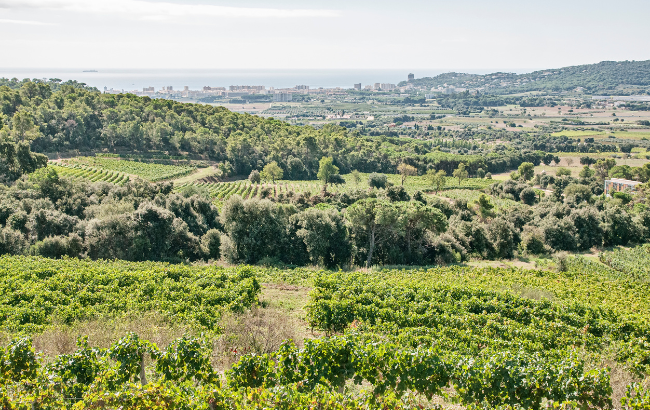Piper-Heidsieck to switch to brown glass for all its Champagnes
By Patrick SchmittPiper-Heidsieck is moving to brown glass bottles for all its Champagnes, starting with its Brut Non-Vintage.
Currently housed in green bottles, Piper Heidsieck is the latest major Champagne house to make the switch to brown glass
Currently housed in green bottles, Piper Heidsieck is the latest major Champagne house to make the switch to brown glass, a change done purely for performance reasons: brown glass filters 99% of damaging ultraviolet light, compared to green glass, which prevents between 50% and 90% of the damaging rays, depending on the shade.
The first brown bottles will appear on the market next year, and are currently sitting in Piper Heidsieck’s cellars, where they are holding the Brut Non-Vintage based on the 2013 vintage, according to the brand’s cellar master Régis Camus.
Earlier this year, db reported that Champagne Drappier was shifting to brown glass, while back in 2010, Louis Roederer released its first Champagnes in brown bottles as “part of our strive for perfection”, according to Jean-Baptiste Lecaillon, cellar master at Roederer.
Meanwhile, Ruinart cellar master Frédéric Panaiotis commented on the issue of lightstrike during a tasting of his Champagnes in London earlier this year.
Lightstrike is a term used to describe the transformation of amino acids in the wine into unpleasant smelling compounds such as Dimethyl disulphide when the liquid is exposed to UV light.
Because Ruinart’s highly successful Blanc de Blancs is housed in clear glass, it is particularly susceptible to the fault, especially as the pretty-looking Champagne is often showcased in shops and restaurants.
“I am horrified to see restaurants with beautiful displays of wines under spotlights… there is a lot of education required,” said Panaiotis, noting that sparkling wines were particularly susceptible to lightstrike due to their naturally high levels of amino acids.
Continuing, he said that he does occasionally come across the fault in bottles of Ruinart, noting that he is frustrated that people fail to detect the off-aromas and flavours.
Partner Content
“From time to time I find them [bottles affected by lightstrike] and I taste a lot, but what bothers me is that people don’t see it, they just think the wine isn’t good,” he said.
Summing up he stated, “If I could switch to black glass tomorrow I would.”
See the June issue of the drinks business or click here for an in-depth article on Champagne packaging and the move by several houses to bespoke bottles, both to enhance the product and create something distinctive and unique to the brand.
Read more
PIPER TO LAUNCH ‘ESSENTIEL’ IN UK
CHAMPAGNE DRAPPIER REACHES SALES RECORD AND ADOPTS UNIQUE BOTTLE
MESSAGE IN A BOTTLE: HOW THE CHAMPAGNE BOTTLE IS EVOLVING
Ruinart’s highly successful Blanc de Blancs is particularly susceptible to lightstrike because it is housed in clear glass





I am tempted to say that at last Champagne is seeing sense over thie light-struck issue, but these are all forward-thinking clever guys … it’s the rest I am concerned about!